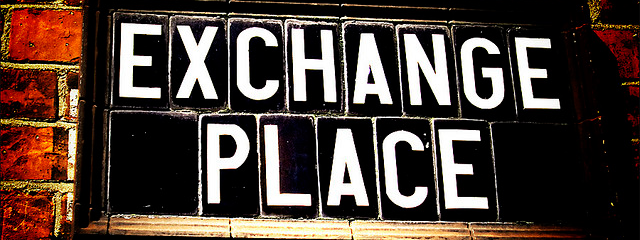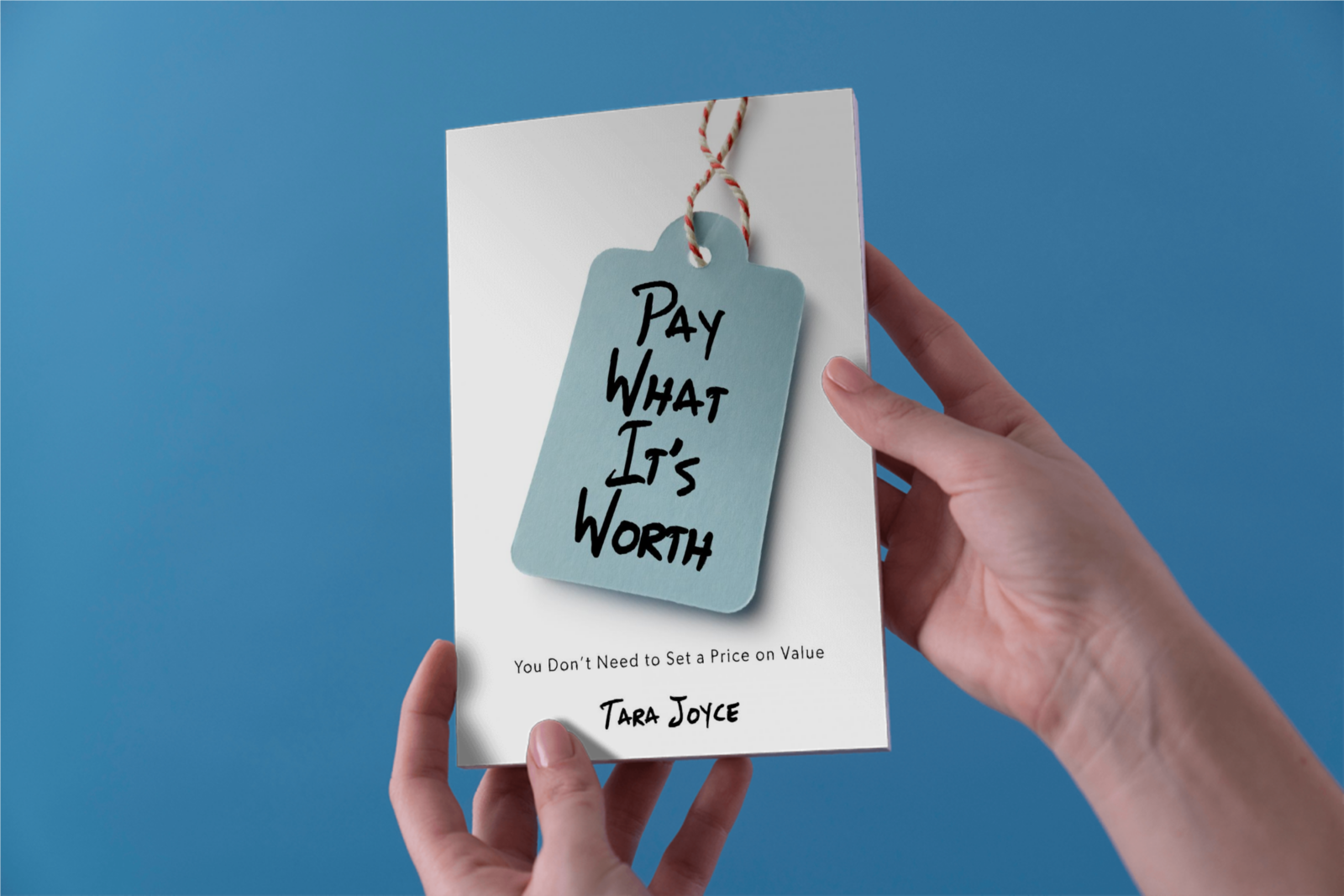
by Tara Joyce | May 28, 2014 | Cultural Creativity

I’ve got this tendency in communication, maybe you have it too… I sometimes take on more responsibility than is rightfully mine.
You see, I am good at communicating. It comes naturally. I like it and because of this, I sometimes take on the job of doing it, even when it’s not mine to have.
Sometimes, I take on the job of valuing your words and expressions when you are not. Sometimes, I choose an unequal exchange.
An equal exchange
But here’s the thing, the truth about empowered communication and empowering myself through communication — sometimes, it’s best if I don’t listen. Sometimes, it’s best if I don’t acknowledge what’s being communicated.
If you’re communicating in a constructive way, then listening and recognizing you is my priority. But, if you’re not holding up your end of the communication bargain and being responsible for your role in the relationship, then your words lose their value. For you are no longer valuing them.
Your carelessness with your communication is not my responsibility.
Shared responsibility
What’s mine is my responsibility towards empowered communication and my need for co-creative communication.
What’s mine are maintaining my boundaries around what is our shared responsibility in our exchange.
valuing my words & expressions = valuing your words & expressions
Both are my job. And both are yours. That’s how we co-create communication together.
photo credit: Stephen – 10on12

by Tara Joyce | May 21, 2014 | Cultural Creativity

Each day that I am blessed with, I’m faced with a variety of choices. Some are small, others are not. The choices I make define me and my world.
Each day I work on my resistance to creating and to sharing. For creating and sharing are choices I make that, ultimately, I am not comfortable with, though I consistently work to choose them.
To create exposes me to my own judgements, and to share exposes me to yours. And for me, both are equally terrifying.
My history had taught me that to create was not only a waste of myself, but a sure way to ensure — internal and external — criticism. The expression of me was not safe. History’s lesson, it seemed, was that my wisest choice was to hide me, to bury it by pushing it down deep and out of site.
Yet despite these learned efforts at hiding, I just can’t deny my need to create or to share. I’ve tried and I’ve failed. I’ve tried to be who I thought I needed to be, a quieter version of myself, but I can’t keep it up. I can’t be what I’m not.
No matter how I’ve tried to fight it, my need to create and my fearful choice not to affects my entire world.
With time and practice, I’ve reached a new place with my fear. I’ve now accepted it. I no longer pretend that I am bravely ignoring it, or that I can sleuth-ily avoid it, or that it’s unreasonable and untrue. My fears about creating and sharing are neither true nor false. They simply are what they are. Attaching to them won’t help or protect me.
What I need to do with my fear is use it, to allow it to support me and my heroic heart in choosing to practice the art I am so afraid of creating, and sharing.
I could do one without the other — share without creating, or create without sharing — but I know they both need to live in harmony and balance within me if I truly want to thrive.
photo credit: Funkyah

by Tara Joyce | May 7, 2014 | My Journey | What's On My Mind, Pay What It's Worth Pricing

I was all set to release my first book on Pay What It’s Worth pricing last week, a book I’ve been writing in one form or another for, I don’t know… six years or so, but life got in the way, as it does.
Life, it seems, had a bunch to teach me, and specifically about PWIW.
Life had me thinking my book was a terrible lie. And then it had me thinking that there was so much missing from it.
See, that’s my problem with Pay What It’s Worth… always has been. There’s just too much to say. And it keeps growing. And I can’t get it down fast enough before it teaches me something new.
A New Truth
I’ve always felt very strongly about the communication around Pay What It’s Worth, in that I feel strongly about the importance of how I communicate what I am asking my customers to do when I allow them to set the price they pay.
It is my feeling that to be happy in the exchange both participants need to feel empowered, and that means holding both buyer and seller responsible for their contributions to the exchange.
Last week, as a seller, it became very clear that the biggest part of my job (beyond creating value) is to guide my customers towards a fair exchange with me — to support them in being responsible with their giving and in their relationship with me.
We all have our money stuff, and in choosing a system where I allow my customers to determine my value, I am entering into a relationship with their money stuff too.
A New Block to Build From
In asking my customers to pay what it’s worth, I’m asking them to experience the value they are receiving and to give fair monetary value in return for it.
And while that sounds simple in words, it’s terribly difficult in practice. And what I haven’t been totally responsible for, I can see now as a seller (and as a writer on the topic), is the truth of this.
It’s fucking hard to stay balanced and in integrity with money. It’s fucking hard to pay what it’s worth.
The truth is, if I’m asking people and all their money stuff to value me fairly, I had better provide ample support and understanding. Because what I am really asking is for them to be in a balanced relationship with me.
Is it fair of me to expect that they know what this looks or feels like? Especially in a “business” relationship?
Support for Giving Freely
Our relationship is not one where the customer gets to pay what they want. In offering that, I’d be creating a relationship where they’re free to put their money stuff on me, and I’m free to put my money stuff on them.
The intention for our exchange is empowerment and wealth creation. It’s not about want, it’s about meeting needs and exchanging fair value.
If I want this intention of need and fair value to stay true throughout my exchanges, I need to ensure all my guideposts indicate this. In my offering of paying what it’s worth, I need to ensure that I’m not creating space for my customers to default to paying what they want.
It’s important I protect myself from how easy it is, when our money stuff arrives, to make it about want.
As a seller it’s imperative I continue to do what I can to guide my customers towards being responsible in how they value me. This, it seems, is my biggest responsibility in our exchange outside of providing great value.
If I sincerely want our exchange to be about what we both can give, I need to acknowledge how hard that can be to act on. Only in my acceptance of this can I help my customers to be responsible to it.
photo credit: Kaytee Riek






